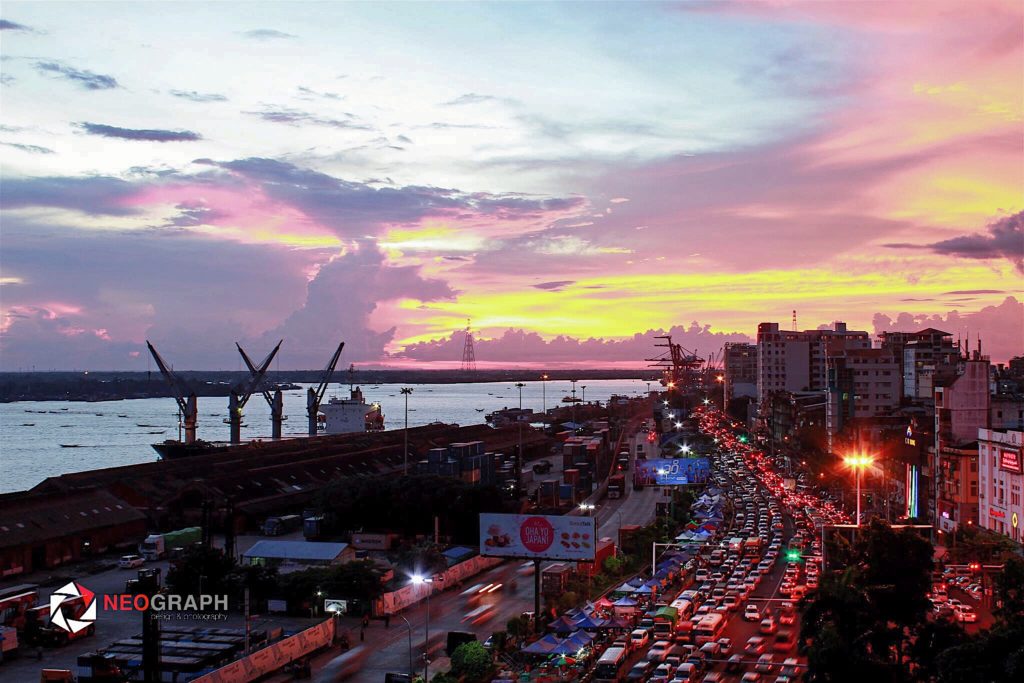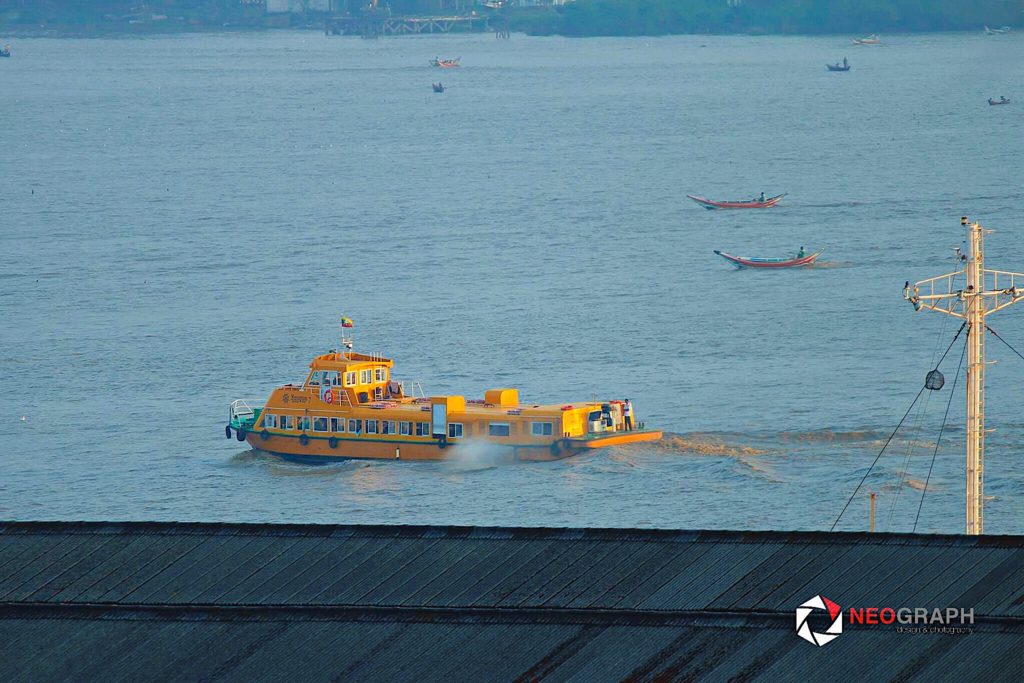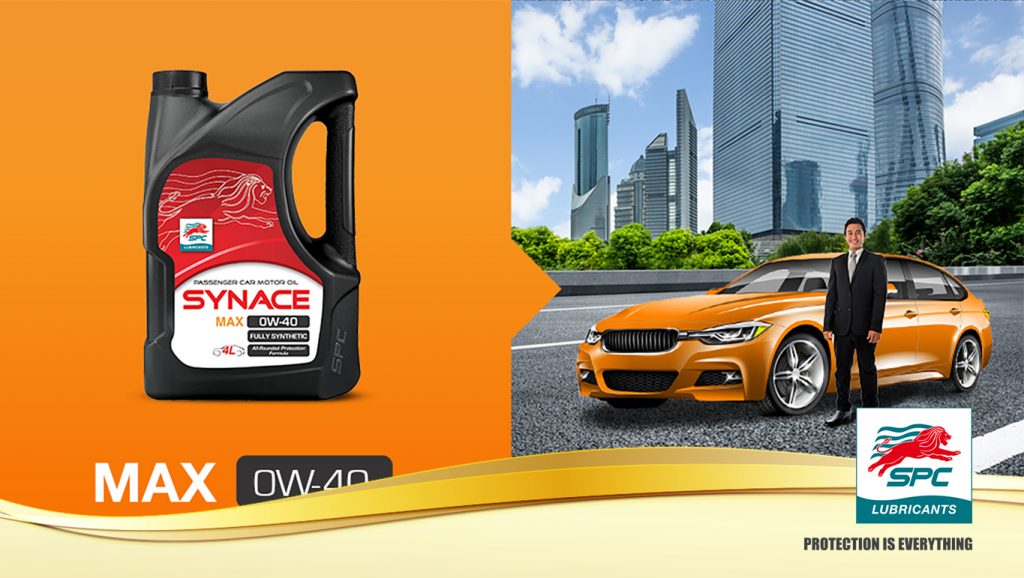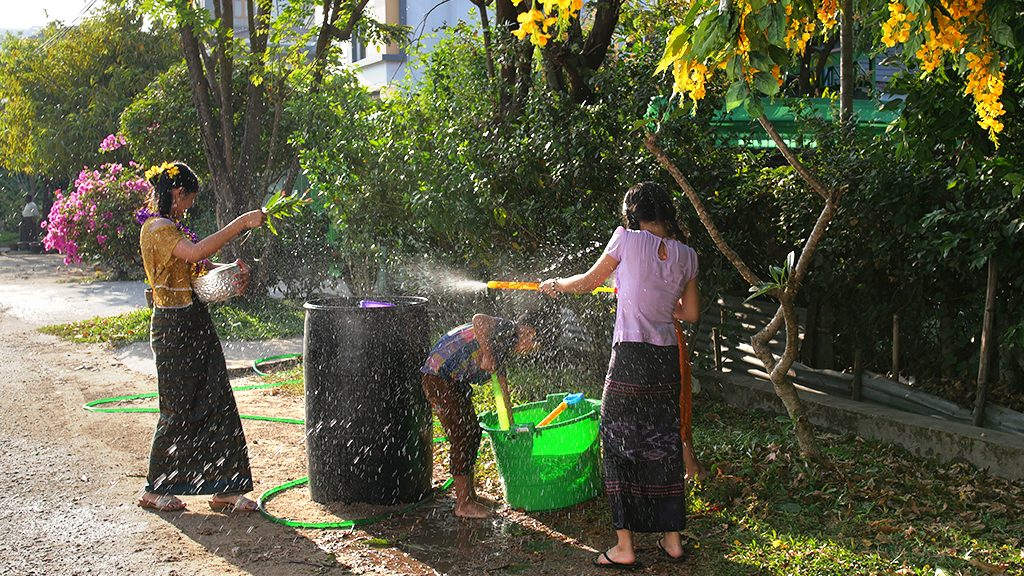

As the former capital and current economic hub of the country, Yangon is by far Myanmar’s largest city with an urban population of more than 5 million people. By comparison, the second largest city in the country, Mandalay, has a total population of just 1,726,000 people (those living in urban areas numbering 1,319,000).
The relatively massive size of Yangon means residents here are often available to take advantage of luxuries and facets of modern urban life not easily found elsewhere in the country. In general, supermarkets are prolific, a service-based economy is thriving, and foreign business people and tourists are bringing investment into the city. Yangon also contains some of the country’s largest shopping malls, with more and more international designer brands moving in to introduce themselves to Myanmar consumers.
But with all of this economic activity and opportunity comes a big problem for a sprawling urban city with aging infrastructure: road traffic.
The Problem
The Yangon City Development Committee estimates that the number of automobiles on the streets of Yangon have nearly doubled in the past ten years, from 180,000 in 2007 to 360,000 in 2017.
Yangon’s streets, especially during rush hour times before and after the working day, are clogged with automobiles. Because many Myanmar people (including those in Yangon) do not yet own their own cars, the taxi business easily thrives — especially in a city as large and spread out over a massive geographic area as Yangon. It is common to see people from all walks of life catching taxis across the city, from monks to businessmen, secondary school students, and everyone in between. A constant demand for taxis means roads are rarely clear.
These problems are exasperated at the heights of both extreme weather seasons in Myanmar, with people looking to catch rides in the dry season to avoid the heat and in the wet season to avoid monsoon rains. Often confusing traffic laws also make the situation in Yangon unclear, and many street vendors rely on street-side access to sell their wares.
What’s more, the copious amounts of traffic pose a risk to public safety. More than 500 people in the Yangon Region were killed by traffic accidents in 2017 and over 2,700 injured, according to police.
The Solutions
Looking to Myanmar’s ASEAN neighbours who are pivoting away from personal automobile-based cities to comprehensive public transportation networks, many people are now calling on city planners in Yangon to leapfrog the automobile and build a transport system to last.
In early 2017, to help ease congestion and update a far too old system of disjointed routes, the Yangon Bus Service launched a 300-line bus system in Yangon. With an entire fleet of new busses, many more people are now commuting to work than before, but problems still exist.
The latest development aimed at solving Yangon’s traffic crisis is the Yangon Water Bus (YWB) system, launched this past October. Using boats imported from Australia and Thailand, the water taxi service runs from the Botahtaung District (near the Yangon River’s mouth) all the way north to the Insein Residential Area, with several stops along the way for passengers who chose to board or alight sooner. With relatively little traffic on the river, the YWB’s fastest vessels can make a one-way trip the entire length of Yangon in less than an hour.
Trips from one end of the service to another cost just a few hundred Kyat (far cheaper than a taxi for the same distance). Going a bit green, plans are also in the work for a local Myanmar company to partner with an Australian agricultural company in developing biodiesel plants to produce fuel for the taxis.
Critics of the project claim the water taxis will be little more than a tourist attraction, but signs are promising. The project aims to carry more than 12 million passengers around Yangon this year, ramping up to a projected 24 million by the service’s full rollout in 2020. Though there are currently around 16 vessels in operation, the master plan aims to ultimately run 56 to 67 boats.





















